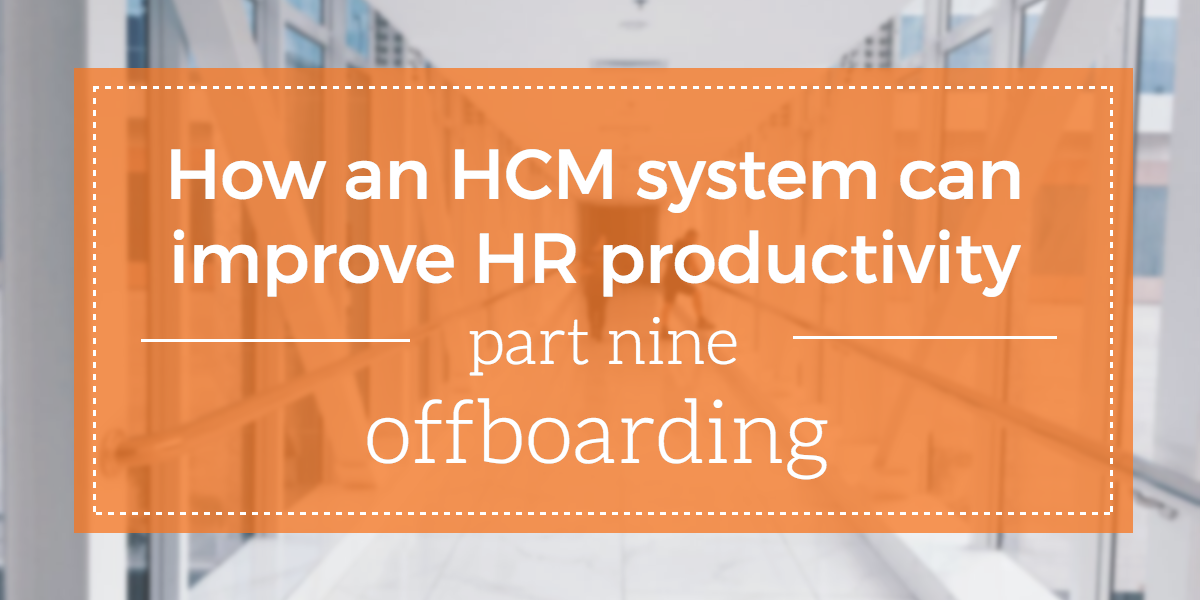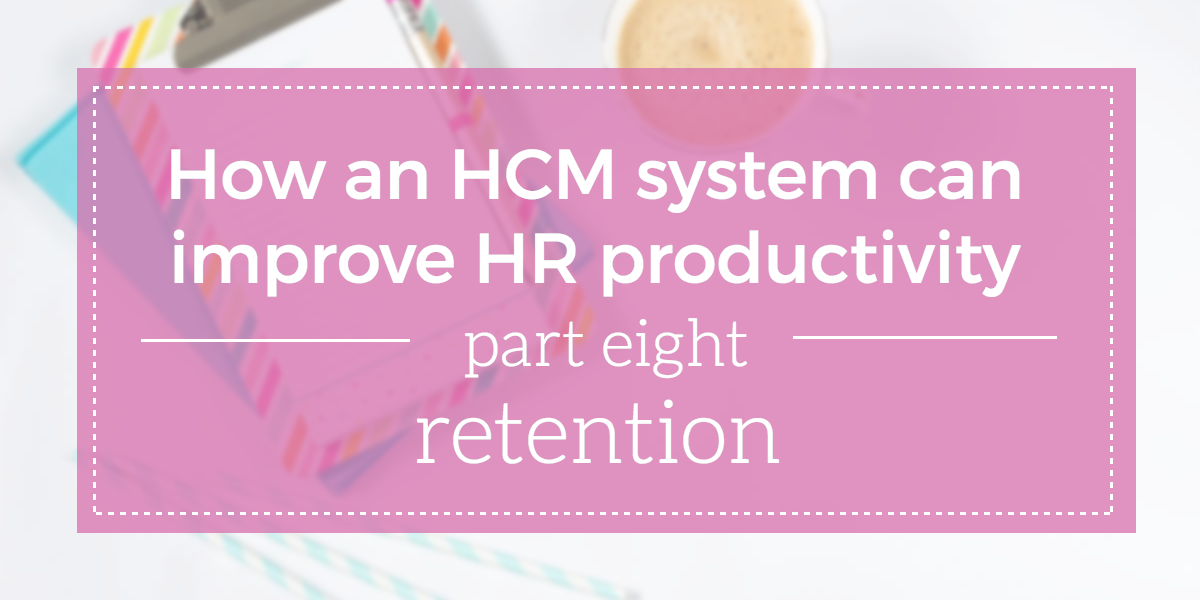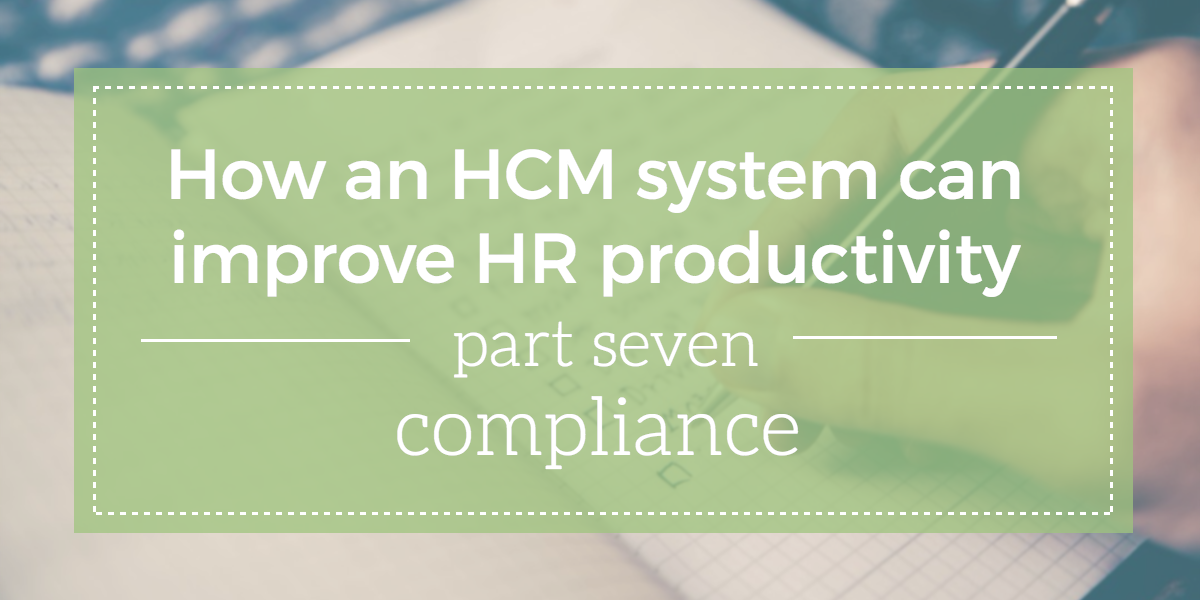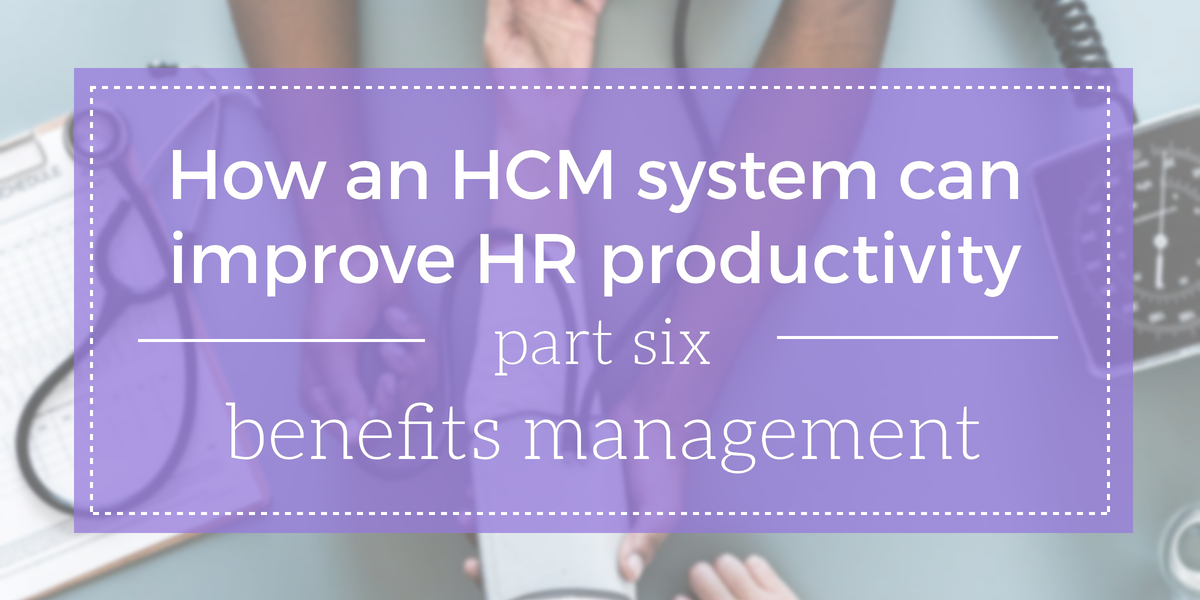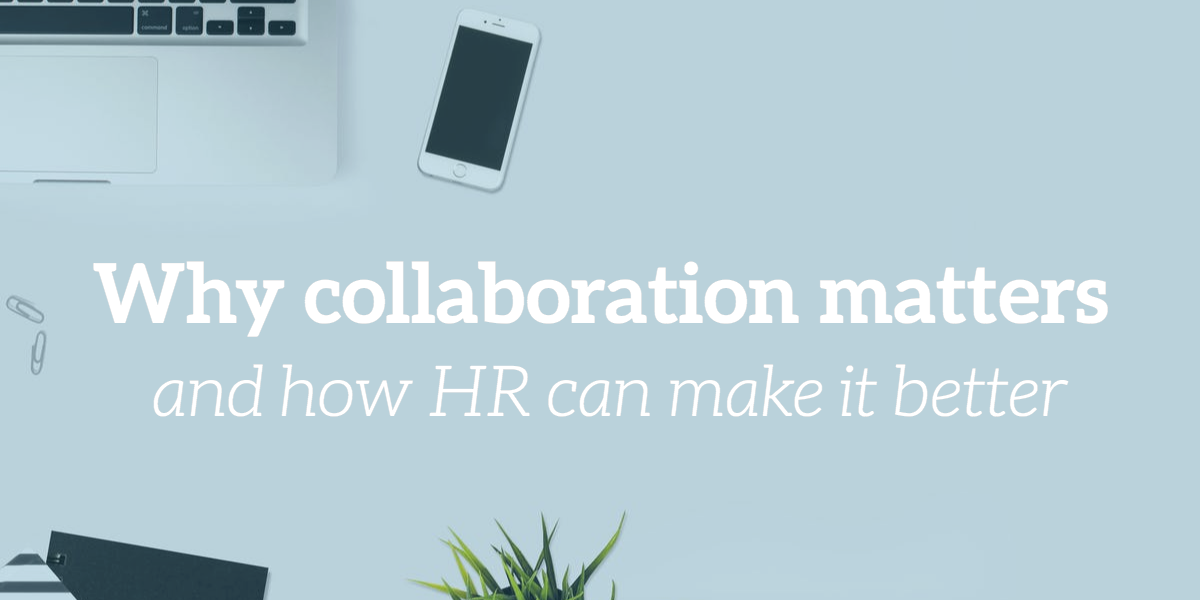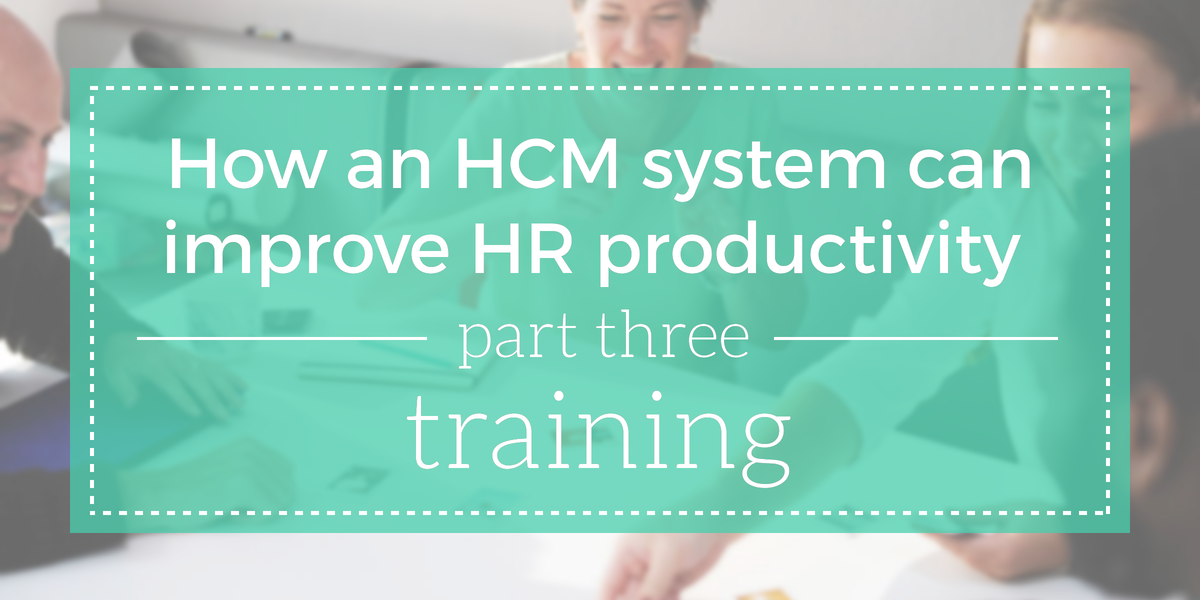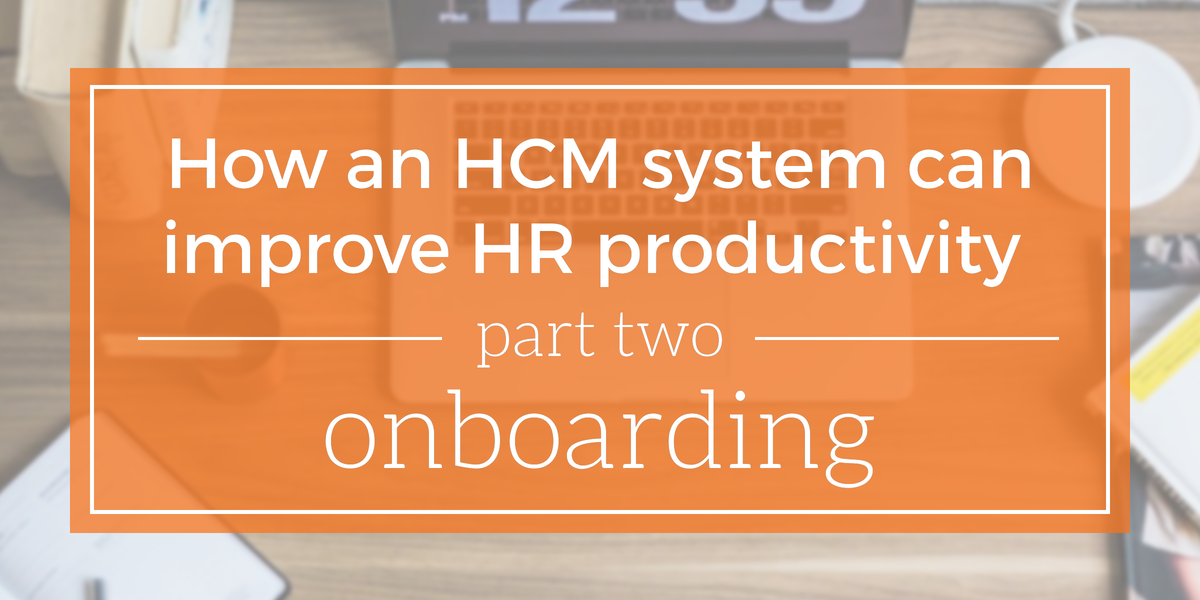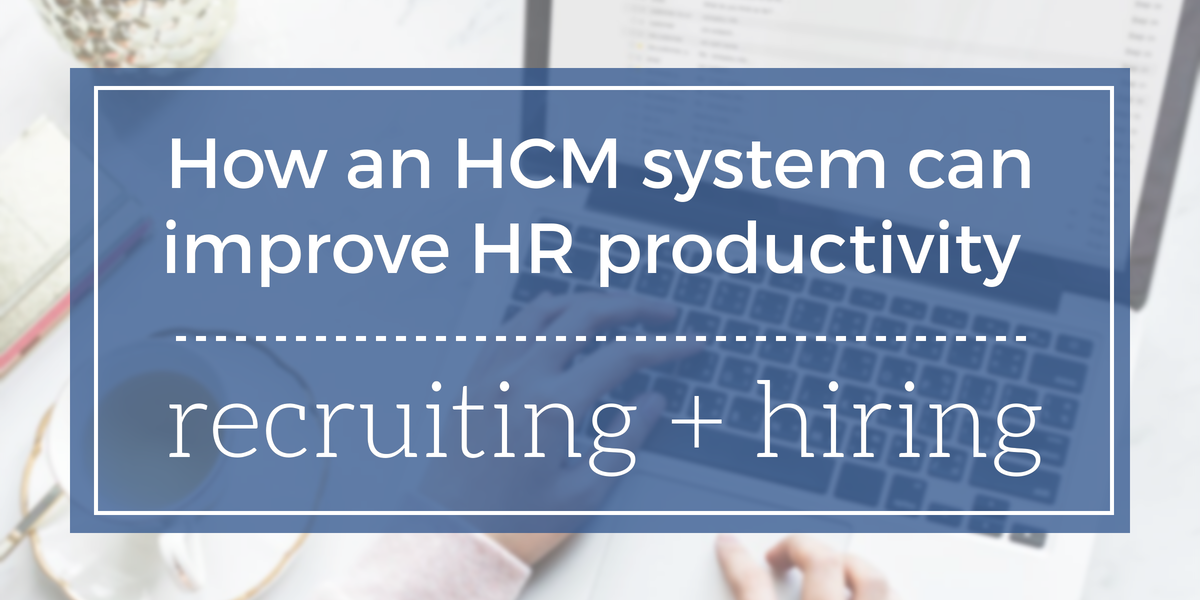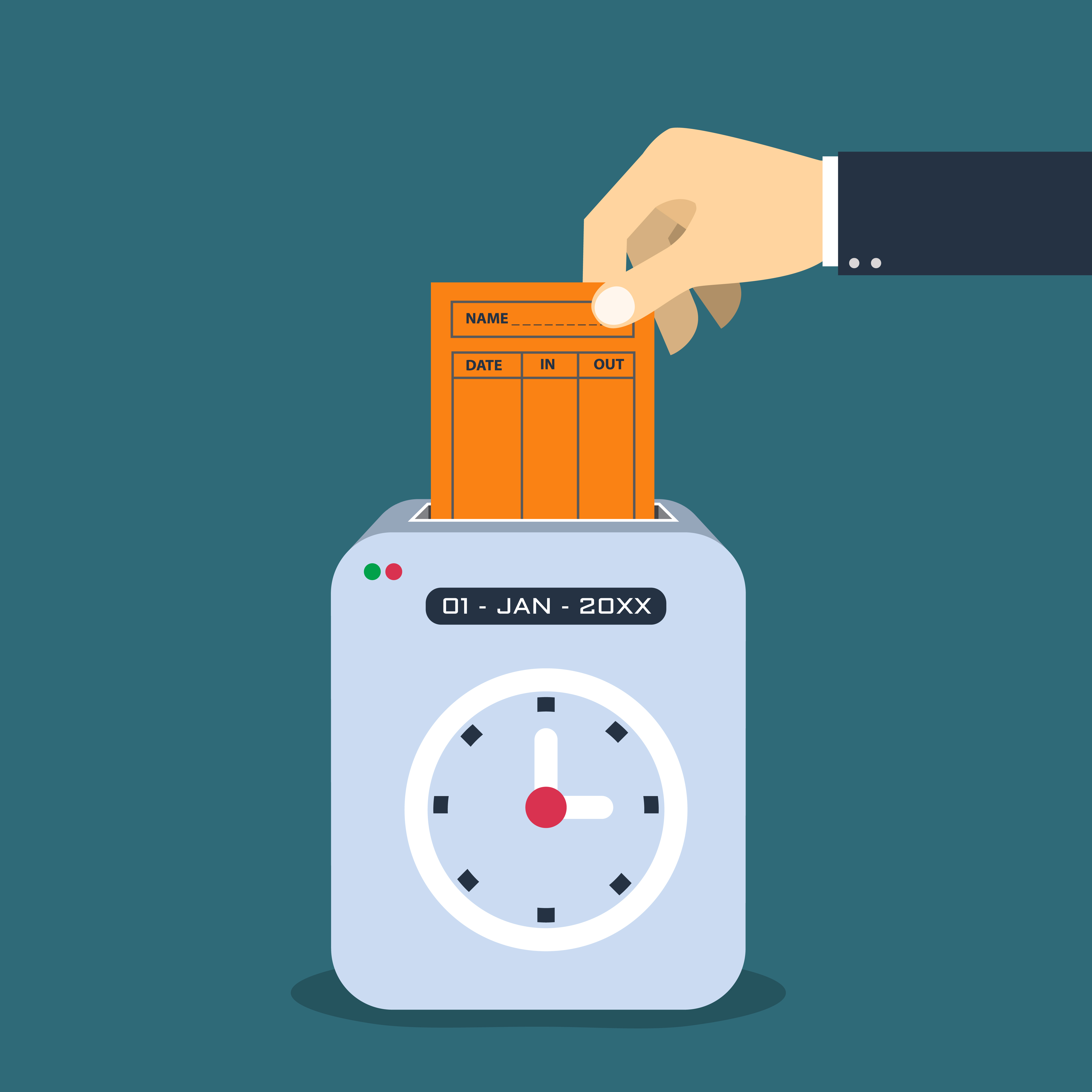Though you probably offer a combination of constructive feedback and coaching to employees, there
Learn more
Creating a highly engaged workforce has been a longtime goal for many organizations, as engaged
Learn more
As a busy HR professional, finding time for career development can be challenging. While there are
Learn more
Read part 8: How an HCM system can improve productivity for HR, part eight: Retention While you
Learn more
Read part 7: How an HCM system can improve productivity for HR, part seven: Compliance The grass
Learn more
Read part 6: How an HCM system can improve productivity for HR, part six: Benefits Management
Learn more
Making important decisions about employee benefits, like choosing health insurance packages, can be
Learn more
Read part 4: How an HCM system can improve productivity for HR, part four: Payroll If you hear
Learn more
The workforce is paradoxically both more dispersed and more connected than ever before. A manager
Learn more
Read part 3: How an HCM system can improve productivity for HR, part three: Training To many of us,
Learn more
Read part 2: How an HCM system can improve HR productivity, part two: Onboarding So you’ve
Learn more
Read part 1: How HCM system can improve HR productivity: recruiting + hiring As an HR manager,
Learn more
You’ve probably noticed that the modern American workforce is changing. That may be partly due to
Learn more
Company leaders are (rightly) preoccupied with the buzzy concept of “corporate culture” these
Learn more
Shopping around for the right time and attendance software is no easy task. There are a lot of
Learn more
Imagine showing up to a party where you know absolutely no one. Although you’ve been invited to the
Learn more
Pay day. A day to count down to and celebrate, right? The anticipation, the joy, the money! While
Learn more
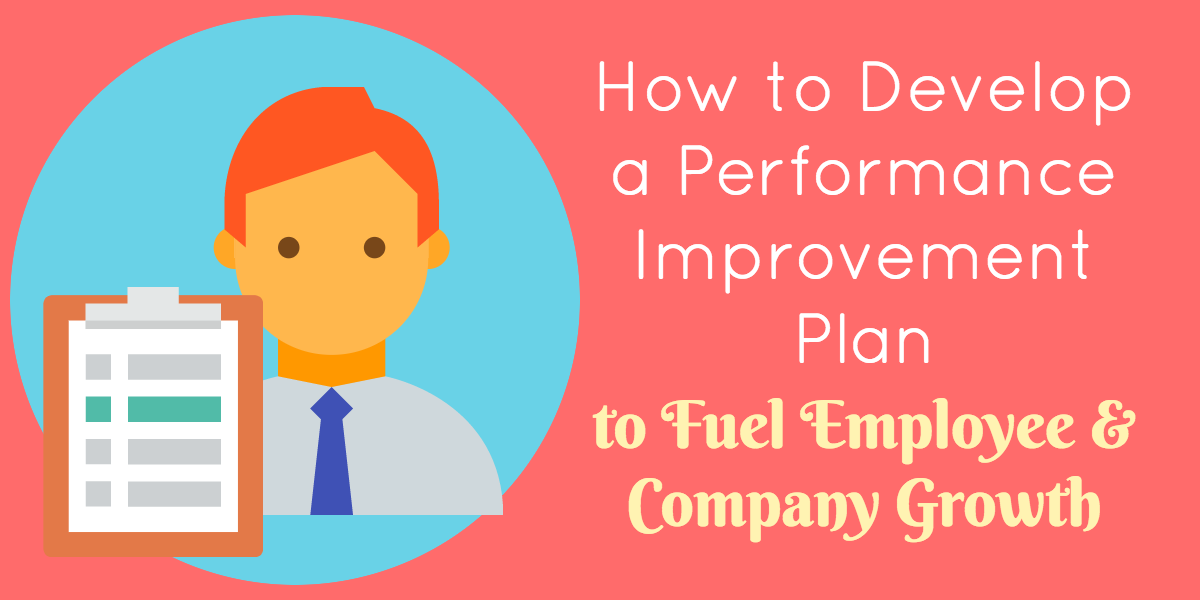
 Human Resources
Human Resources

